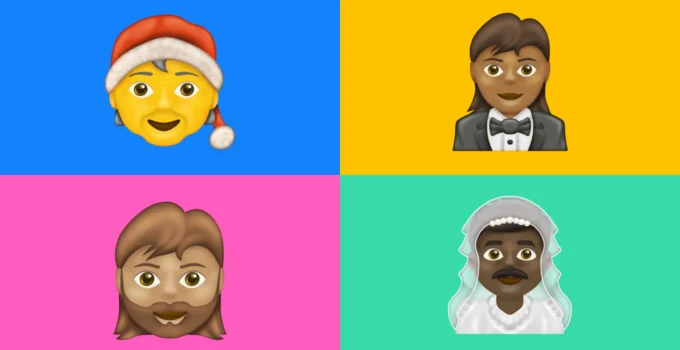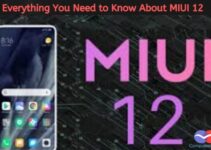Our society keeps on growing and evolving throughout its years. Several things have influenced people on their views, opinions, and lifestyle. It transforms social norms and creates open-minded perspectives wherein individuals can share common interests. One of the controversial topics is the sexualities of a person. Gender categories are gradually acknowledged around the globe, especially on social media. It educates and informs individuals concerning gender awareness and human rights. Indeed, the creative minds of technology play a vital role in recognizing these genders.
Surprisingly, social media platforms established a free space. It is where people can be what they want to be. It never discriminates against them and even created emojis for different genders. There are online websites containing further information about emojis, like EmojiGuide.com. With that said, you do not want to send the wrong emoji, don’t you? It is time to fuel our minds and know different gender-related emojis.
1. People Holding Hands Emoji
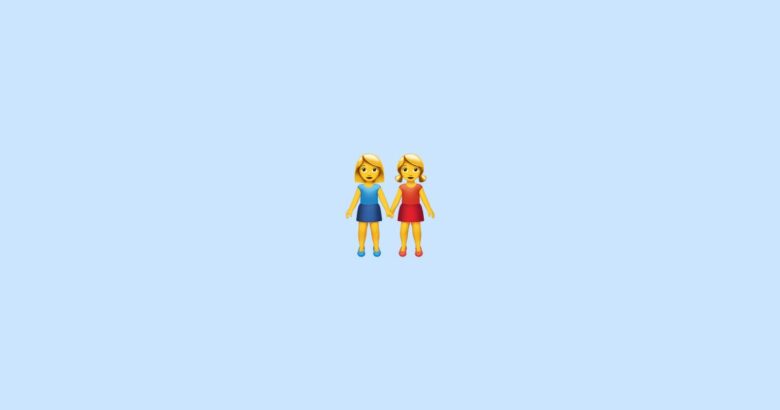
Source: emojimeaning.com
People Holding Hands emoji shows two gender-unspecified people with their hands clasped together. This emoji signifies a gender-inclusive representation of romantic involvement or a symbol of community and cooperation. People Holding Hands Emoji comes with various skins and gender, which is available on different social media platforms. It represents the relationship between boy to girl, girl to girl, and boy to boy.
In today’s generation, people are awakened to different gender and race pairing. You can find the gender pairing that you desire quickly with this emoji.
The People Holding Hands Emoji became part of Unicode in 2017 as a part of Unicode Version 12.0. It joined together with the Smileys & People category.
2. Female Emoji
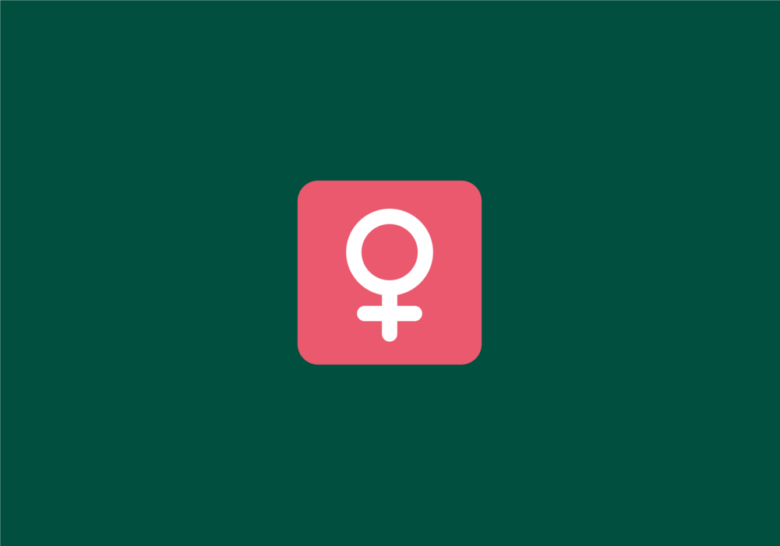
Source: dictionary.com
The Female symbol is a circle with a cross extending outward. It is the sign for females given by astrology, rooted from Venus, the goddess of love. In addition, it expresses the femininity, subtleness, and delicateness of women in ancient times. Currently, the female society stands up to fight and break stereotypes. The female sign is now being used to represent women’s empowerment across the globe. You may use this emoji to support the independence of women, fighting violence against women campaigns, motherhood, and anything related to feminism.
Female emoji and Male emoji are part of Unicode 4.0 in 2016. It is approved by Unicode 1.1.
3. Male Emoji
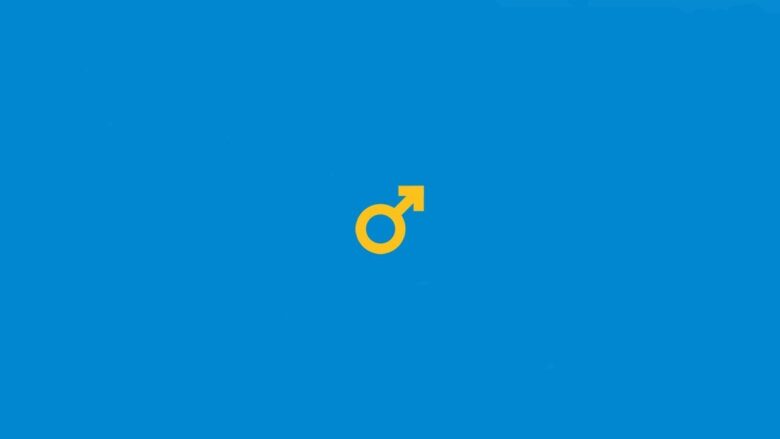
Source: emojiace.com
The opposite of the women’s symbol is the men’s symbol. This emoji depicts a circle with an arrow pointing to the diagonal upper right. The male emoji is a sign of the masculine gender. You can use this emoji on social media posts related to men’s or lifestyles. Like the female sign, it is an astronomical symbol. It is associated with the ancient Roman god of war, Mars. At the same time, it expresses men’s stereotypes such as strong, brave, and indestructible.
Gender emojis are also used as a subtle gender reveal. It indicates the gender of the baby; if you have twin boys, use this emoji twice!
4. Couple with Heart Emoji

Source: dictionary.com
This emoji is an image of the heads of two gender-neutral people with a classic heart between them. It represents deeply in love couples and usually in dating and romance social media captions. At the same time, it expresses intimacy and affection towards someone you love. This emoji varies into three categories: man to woman, man to man, and woman to woman.
The couple with Heart Emoji can also represent a potential couple of just two people who like each other but are not together. Like best friends and sibling love relationships.
5. Pride or Rainbow Flag
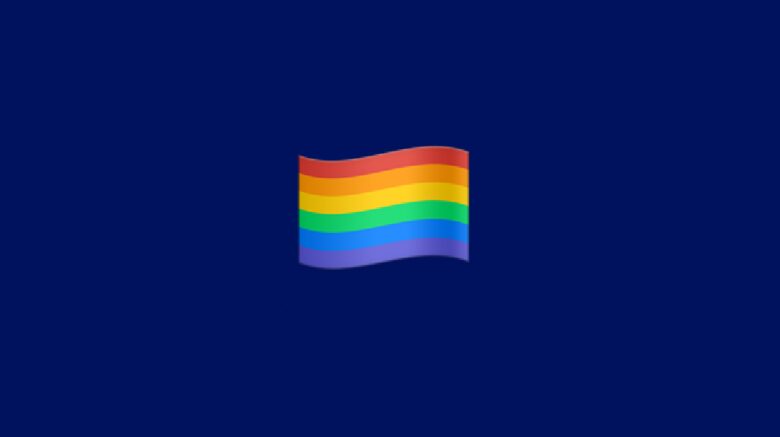
Source: dictionary.com
Now, people are more empowered with their identities and rights. They have become more knowledgeable and sensitive about SOGIE. That is why the internet created movements and communities wherein all genders are welcome. People use this to inform their family, friends, and colleagues regarding their sexuality. The Rainbow flag emoji is among those you can use to express your part in the growing LGBTQIA community.
This emoji is an image of a flag with six rainbow stripes. It symbolizes the LGBTQ community and signifies pride. This emoji is well-known and widely used by LGBTQ members and supporters. At the same time, some people will put up a caption with “love wins” and a rainbow flag emoji. The rainbow flag increases in usage during Pride month every year in June.
6. Transgender Flag
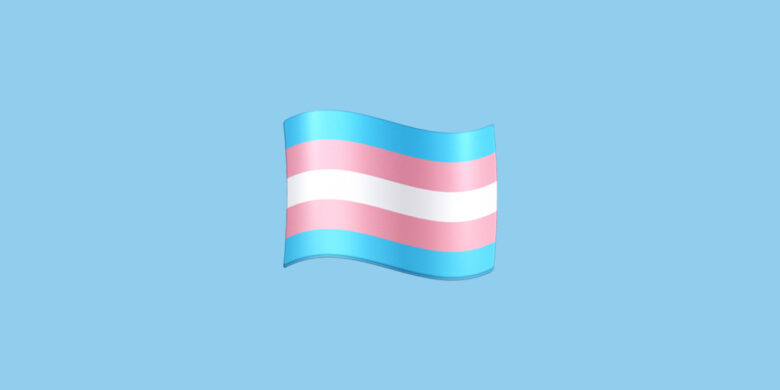
Source: adweek.com
It is incredible how the emoji world added the transgender flag to gender-related families. The transgender flag emoji depicts a combination of blue, light pink, and white stripes. Individuals who use this emoji identify themselves as transgender and people who support the transgender community. It also represents a movement by using this emoji to fight gender discrimination. At the same time, it promotes encouragement to reveal their true gender and personality.
7. Professional Emojis
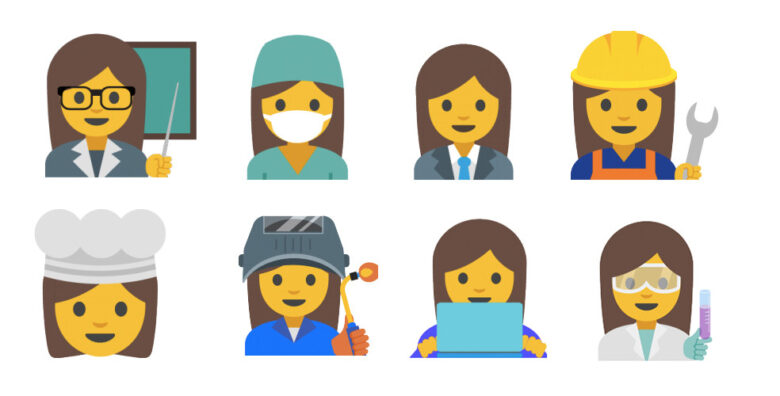
Source: dailyhive.com
People use emojis in their daily online conversations. Emoji with faces and hand symbols are commonly used across the globe. While there are many emojis, there aren’t many that value the diversity of men’s and women’s careers or empower young girls and boys.
The Unicode Technical Committee decided to add professional emojis in male and female options and various skin tones. These emoji signify a better representation of professionals with no stereotyping and discrimination. It also portrays individuals to select their desired profession wholeheartedly. For instance, you’ll be able to choose from a male doctor emoji or female doctor emoji, a man construction worker emoji, or a women construction emoji.
Concluding Thoughts
Emojis genuinely uphold openness and acceptance to all types of genders. It represents that people are slowly embracing everyone’s individuality. These gender-related emojis show respect, love, and unity to each other. It is not designed for nothing, but it signifies many forms of identity.
Even though you’re not part of the LGBTQ community, it is essential to acknowledge gender equality and human rights for everyone. Every human being deserves to be happy and live freely in the community without fear of being judged or treated differently.

